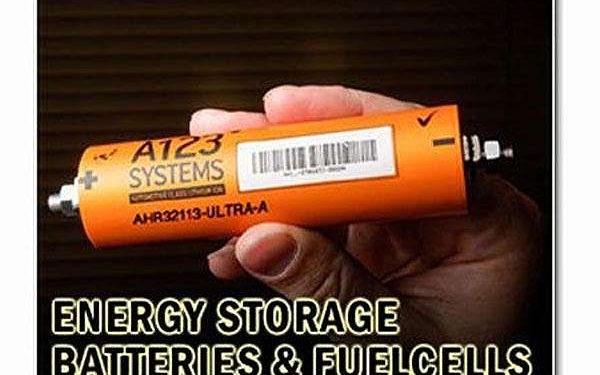Novel nuclear battery design delivers high efficiency and durability
by Clarence Oxford
Los Angeles CA (SPX) Aug 20, 2025
A research team led by Prof. Haisheng San of Xiamen University and Prof. Xin Li of the China Institute of Atomic Energy has developed a new class of 90Sr radio-photovoltaic cells (RPVC) that combine high power output with long-term durability.
The innovation relies on a waveguide light concentration (WLC) structure, integrating multilayer-stacked GAGG:Ce scintillation waveguides with strontium-90 radioisotopes. Testing with electron beams and krypton-85 sources confirmed that the waveguide edges produce efficient radioluminescence, driving the photovoltaic process more effectively than traditional designs.
A prototype RPVC achieved 48.9 microwatts of maximum output power with a record 2.96 percent conversion efficiency. A multi-module version scaled the performance to 3.17 milliwatts, producing 2.23 milliamps of short-circuit current and 2.14 volts open-circuit voltage.
Durability testing simulated five decades of exposure, with results showing only a 13.8 percent reduction in optical performance, highlighting the technology’s resilience under sustained radiation. This robustness makes RPVCs well-suited for extreme environments where conventional batteries fail.
The researchers noted that the WLC architecture tripled efficiency compared to earlier RPVC designs. “We designed and fabricated an RPVC that achieves a balance between efficiency and stability,” the team stated. “Although large-scale production remains challenged by the cost and availability of 90Sr isotopes, our results represent a substantial step toward real nuclear battery applications.”
Research Report:High-efficiency 90Sr radio-photovoltaic cells based on waveguide light concentration structure
Related Links
Xiamen University
Powering The World in the 21st Century at Energy-Daily.com


















